From the representative to the presentative
Collective mapping and project assemblies
Keywords:
architecture, representation, project, participation, collaborativeAbstract
This article is concerned with representation issues that in spite of going beyond the architectural disciplinary field enable to rethink the deployment settings from a specific production perspective, i.e., that of the design project.
It is useful to reflect upon a widespread criticism to representation that approaches reality without discursive mediations. This can also be found in very different domains that range from theatrical to political ones giving rise to a confuse overlapping of “work” and “what to do” notions within the ontological framework.
Techniques and instruments should be denaturalized by questioning their supposed operational neutrality condition so that to make visible their transforming and releasing potential for collaborative design processes. Focusing on collaboration implies concerns about architectural sustainability as a widely extended phenomenon that seeks to build a sustainable architecture. This takes into account Felix Guattari’s three ecological registers: the environment, social relations and human subjectivity; all of them leading to the possible reformulation of a new way of being-in-the-world.
Downloads
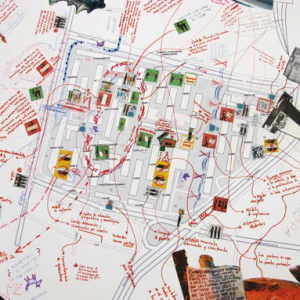
Downloads
Published
How to Cite
Issue
Section
License
Open access policy
A&P Continuidad is a non-profit and open access publication. According to Mexico Declaration on Cultural Policies, the journal distribution is submitted to Creative Commons Attribution-Noncommercial-ShareAlike 4.0 International Public License (CC BY-NC-SA). “Neither the commercial use of the original work nor that of the possible derivative works are allowed. The distribution of derivative works should be submitted to the license regulating the original work. This license is not free.”
A&P Continuidad authorizes the partial or full reproduction of texts and graphs provided that the source is cited. Authors are exclusively responsible for the criteria expressed in the articles which do not necessarily reflect the opinion of the Editorial Committee or that of the Direction Board. The copyright of the published articles pertains to their authors or publishers.
Transfer of rights
The acceptance of an article to be published implies the author’s transfer of rights to the journal. Authors continue to have the right to use the material in future books or publications, approve or veto the republication of their works as well as the rights related to patents or other rights. Transfer of rights form may be downloaded here.



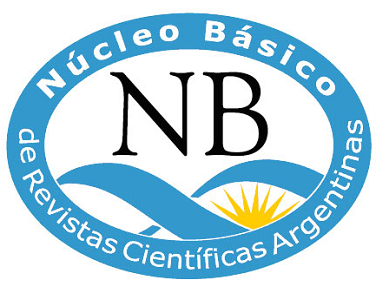






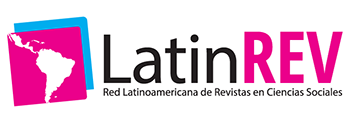

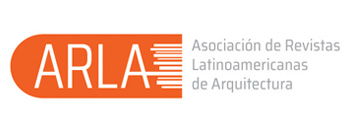













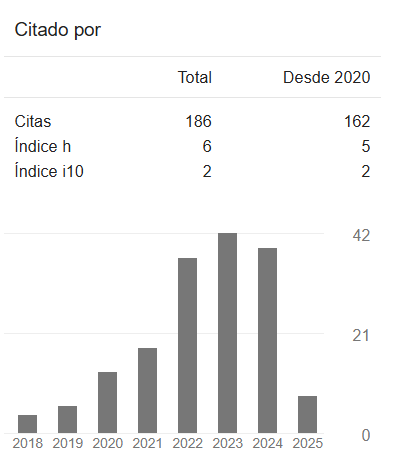


 This OJS site and its metadata are under a
This OJS site and its metadata are under a 

